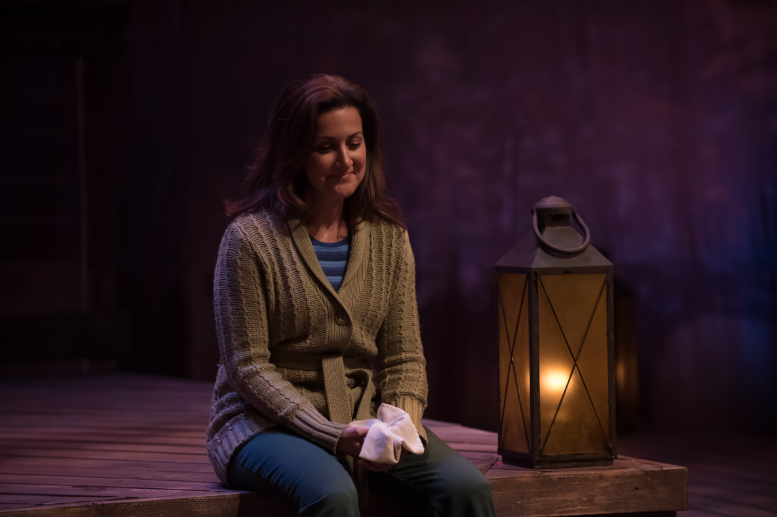THUNDER BAY -- The choice between living and dying: cross it and there is no turning back. In nature all of wildlife knows this. For us humans it can be an unnatural, extremely difficult journey from which, yes sometimes, there is no turning back.
This is How We Got Here by Keith Barker is a drama genuine in every detail. Not easy to realise. We all know someone, sure we do, who has taken his or her own life. Did we see it coming? Either we did, or we sure did not.
Barker’s tight, taut script leaves little room to single out any one actor because in this story they are wound together fast and hard. I mean, heck, they’ve lived all their lives side by each in a town where everyone knows everyone; and sometimes nearly everything, too. It’s a place where we look to our mates, to our sisters and brothers, for truth. Even when they don’t have the answers we need to hear; when they, too, are struggling inside a roar of lonely silence.
One other thing: grief is a state animals also experience; I’m sure of it.
Natalie Robitaille as Liset and Troy Adams as Jim are the supports, the stronger beams in a family structure shaken to its foundations. As said, I can’t separate them from the “main” parents in this story; there are no main parents. Everyone is wounded, directly, personally. I suggest for Jim and Liset the road is equally rocky because the support they try to give is not accepted as offered.
Ramona Milano as Lucille and Sweeney MacArthur as Paul are the parents, the “main” recipients of a great loss. They didn’t see it coming. Why not, we ask. We ask because we’re human; we, too, cannot abide the lack of a reason, an explanation. The parents’ soliloquies, Lucille listing all the things she does not miss, and Paul describing the way to survive an encroaching forest fire, are the only answers we’re given to our lame “why”. We, too, are left pretty much in the dark. Sure, we might guess; and we sure could be wrong.
There is an incredible chemistry on stage amongst all four actors: natural, completely convincing, and comforting for the audience. Those quick sharp shards of humour I’d been told about when first meeting the cast are also natural, and necessary; but it is the very real and powerful chemistry in any combination during the story between Paul, Jim, Liset and Lucille that carries us through. And them, too, I think.
Set and lighting designers Sean Mulcahy and Tim Rodrigues sure know what they are doing. They give us a transparent vista, the place where these folks live and near to where the tragedy happens; no limits to space but specific limits around time so we move backward and forward with our emotions and thoughts. Feels like such a long time; feels like the blink of an eye when we weren’t looking.
Audiences should not be afraid to witness this play: it will have you feeling less alone if you are in such a place, either left behind in grief, or someone thinking of leaving.
Directed by Thom Currie, This is How We Got Here plays until Nov. 9th.
-- By Linda Maehans, for tbnewswatch.com
